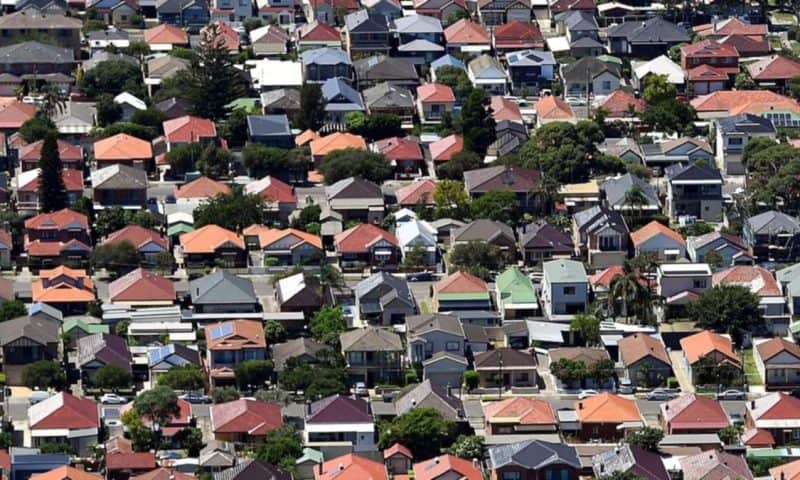SYDNEY — Australian house prices recorded their first monthly decline in almost two years in December, but relief for the market appears close amid growing speculation that the Reserve Bank of Australia will start cutting interest rates from February.
House prices rose 4.9% in 2024, but December registered a 0.1% drop, the first since January 2023, according to property research group, CoreLogic.
The month saw deepening price falls in Melbourne and Sydney, the country’s two biggest property markets, while other state capitals also showed signs of weakening.
A national housing shortage and falling unemployment are lending some support to house prices, but elevated interest rates, poor affordability levels and low confidence are now taking a toll on the market.
“The decline in values is no surprise,” said CoreLogic’s research director, Tim Lawless. “This result represents the housing market catching up with the reality of market dynamics.”
“Growth in housing values has been consistently weakening through the second half of the year, as affordability constraints weighed on buyer demand and advertised supply levels trended higher,” he added.
There is widening evidence of weakness in the property market with auction activity cooling from their highs, particularly in Sydney where successful sales at auctions have fallen to just above 50% of properties listed.
Still, the tide could turn again for house prices, after the RBA indicated in December it is growing more confident that inflation will soon return to target, paving the way for the start of interest rate cuts.
Economists are forecasting another year of modest gains for house prices, with the pace of increase largely dictated by the timing and extent of RBA rate cuts.
The RBA kept the official cash rate steady at 4.35% through 2024, putting it at odds with many of the world’s major central banks that have cut aggressively.
A shortfall in housing supply is also expected to remain significant for a long while yet, with the accumulated shortfall now estimated at around 200,000 homes, said Shane Oliver, chief economist at AMP.

